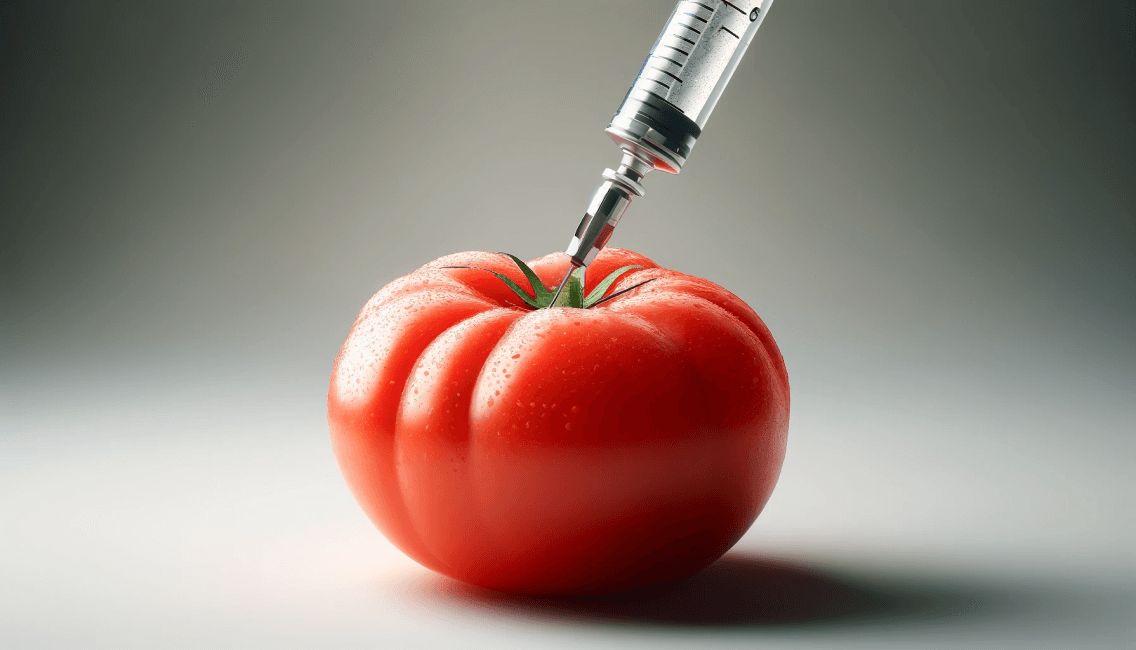Genetically Modified Organisms (GMOs) have been a contentious topic since their inception, primarily due to concerns regarding their impact on health, the environment, and biodiversity. Consequently, countries have adopted various regulatory frameworks to manage the production, distribution, and consumption of GMO products. This article provides a comparative analysis of the regulatory approaches in the United States, European Union, China, and Brazil, drawing insights from the SGS Digicomply Regulatory Intelligence Hub.
United States
In the United States, the regulation of GMO products is managed by three primary agencies: the United States Department of Agriculture (USDA), the Environmental Protection Agency (EPA), and the Food and Drug Administration (FDA). The regulatory framework is based on the Coordinated Framework for the Regulation of Biotechnology, established in 1986.
- USDA: Oversees the planting and field testing of GM crops. The USDA’s Animal and Plant Health Inspection Service (APHIS) ensures that GMOs do not pose a threat to other plants and the environment.
- EPA: Regulates GM plants that are engineered to produce pesticides. The EPA assesses the environmental and health impacts of such GMOs.
- FDA: Ensures the safety and proper labeling of GMOs used in food and animal feed. The FDA operates under the principle of "substantial equivalence," meaning that GMO products are regulated as conventional products unless there is a significant difference in composition or risk.
The U.S. approach is characterized by a risk-based assessment, where GMOs are evaluated based on their intended use and potential risks, rather than the process by which they are created.
European Union
The European Union (EU) adopts a more precautionary and stringent regulatory framework compared to the United States. The regulation of GMOs in the EU is governed by several directives and regulations, primarily focusing on the precautionary principle.
- Directive 2001/18/EC: Concerns the deliberate release of GMOs into the environment. It requires a thorough environmental risk assessment before any GMO can be approved.
- Regulation (EC) No 1829/2003: Governs the authorization and labeling of GMOs intended for food and feed. This regulation mandates comprehensive risk assessments by the European Food Safety Authority (EFSA) and requires clear labeling of GMO products.
- Regulation (EC) No 1830/2003: Ensures the traceability and labeling of GMOs throughout the food and feed chain.
The EU’s stringent regulatory stance is driven by public concerns and a precautionary approach to potential health and environmental risks. This has resulted in fewer GMO approvals and widespread labeling requirements.
China
China’s approach to GMO regulation is stringent and highly controlled by the government, with a strong emphasis on biosafety.
- Regulations on Safety of Agricultural Genetically Modified Organisms: Issued in 2001, these regulations provide a comprehensive framework for GMO research, testing, production, processing, marketing, and import/export.
- Ministry of Agriculture and Rural Affairs (MARA): The primary body responsible for GMO regulation. MARA oversees the approval process, which involves rigorous biosafety evaluations.
- Labeling: China mandates the labeling of GMO products, ensuring consumers are informed about the presence of GMOs in their food.
China’s regulatory framework reflects its cautious stance towards GMOs, focusing heavily on biosafety and controlled commercialization.
Brazil
Brazil is one of the largest producers of GMO crops globally and has a well-established regulatory framework.
- National Biosafety Law (Law No. 11,105): Enacted in 2005, this law establishes the National Biosafety Council (CNBS) and the National Technical Biosafety Commission (CTNBio). CNBS sets biosafety policy, while CTNBio assesses the safety of GMOs.
- CTNBio: Responsible for conducting risk assessments and approving GMOs for commercial use. The approval process involves public consultations and comprehensive safety evaluations.
- Labeling: Brazil requires labeling of food products containing more than 1% GMO content.
Brazil’s regulatory system balances rigorous biosafety assessments with a practical approach to the commercialization of GMOs, reflecting its significant role in global agricultural markets.
Access to Up-to-Date Regulatory Requirements Worldwide
These insights are taken from the SGS Digicomply Regulatory Intelligence Hub. To explore regulations in other countries, use SGS Digicomply. Explore a robust regulatory database with ease, encompassing vital standards and requirements across 150+ jurisdictions. Our sophisticated AI technology facilitates a simplified data research and retrieval experience, empowering your compliance initiatives. Stay ahead in the dynamic regulatory landscape with real-time updates and comprehensive coverage.

Conclusion
The regulation of GMO products varies significantly across countries, influenced by factors such as public perception, biosafety concerns, and economic interests. The United States adopts a risk-based approach, focusing on the end product rather than the production process. The European Union, driven by the precautionary principle, imposes stringent regulations and comprehensive labeling requirements. China emphasizes strict biosafety controls and government oversight, while Brazil combines rigorous safety assessments with a pragmatic approach to GMO commercialization.





.webp?width=1644&height=1254&name=Food%20Safety%20Dashboard%201%20(1).webp)
